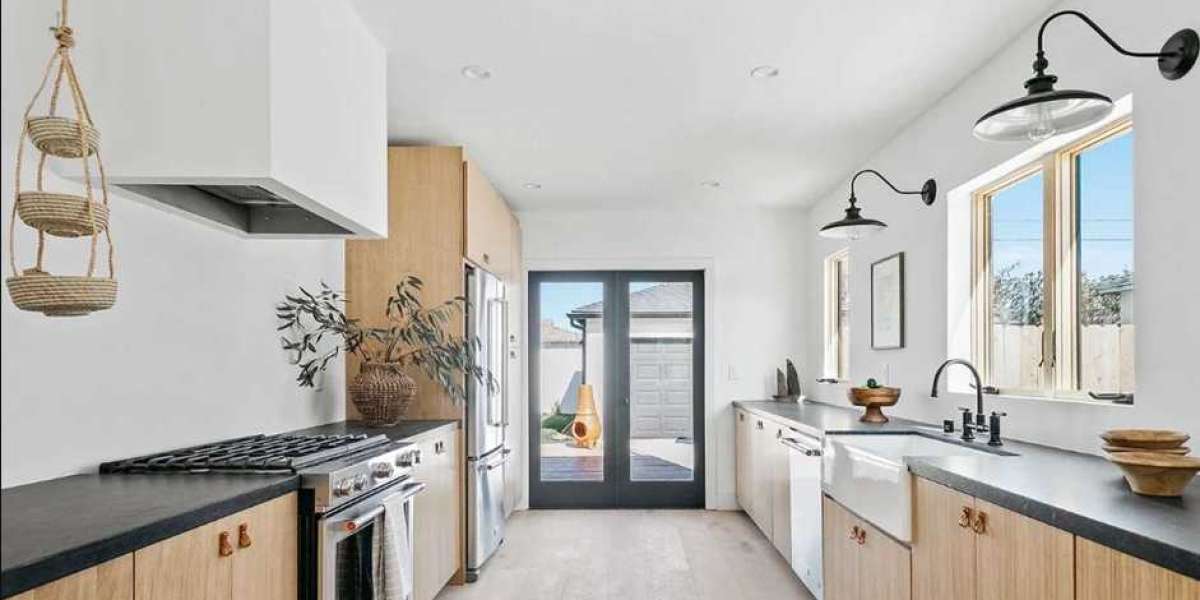In recent years, do it yourself cabinets have become a popular choice for homeowners looking to renovate their kitchens or living spaces. Not only do they offer a cost-effective alternative to purchasing custom cabinets, but they also provide the satisfaction of creating something with your own hands. Whether you're looking to upgrade your kitchen, bathroom, or storage space, building your own cabinets allows you to add a personal touch to your home. In this guide, we’ll take you through everything you need to know about mastering DIY cabinets.
Benefits of Do It Yourself Cabinets
Taking on a DIY cabinet project brings several advantages, making it a smart choice for those with time and a little creativity.
- Cost-Effective: One of the biggest benefits of do it yourself cabinets is the potential to save money. Hiring professionals or purchasing pre-made cabinets can be expensive, but DIYing allows you to control costs by choosing affordable materials.
- Customization: With DIY cabinets, you have complete control over the design, from the type of wood to the color of the finish. This flexibility enables you to create cabinets that fit perfectly in your space and match your home’s aesthetic.
- Learning Opportunity: Building cabinets is a great way to learn or enhance your carpentry skills. The hands-on experience can be rewarding and open the door to future DIY projects.
- Satisfaction: The pride of crafting your own cabinets is unmatched. Each time you walk into your kitchen or room, you’ll appreciate the work and care you put into the space.
Tools and Materials Needed for Do It Yourself Cabinets
Before starting your cabinet-building project, gather the necessary tools and materials. Having the right equipment ensures the process runs smoothly and efficiently.
Essential Tools
- Measuring tape
- Table saw or circular saw
- Drill and drill bits
- Clamps
- Sandpaper
- Screwdrivers
- Level
Materials
- Wooden or MDF panels
- Screws and nails
- Hinges and cabinet hardware
- Wood glue
- Paint, stain, or varnish
- Sanding sealer or primer
These tools and materials form the foundation for a successful DIY cabinet project. Investing in quality supplies will not only make your job easier but will also ensure a durable, professional-looking result.
Step-by-Step Guide to Building Do It Yourself Cabinets
Now that you have your materials, let’s dive into the construction process.
Step 1 – Planning and Measuring
The first and most important step is to plan your cabinet layout. Measure the space carefully and determine how many cabinets you need. Sketch out your design, considering factors like cabinet height, width, and depth. If you’re unsure about exact dimensions, use design software or consult online resources.
Step 2 – Cutting the Materials
With your plan in hand, it’s time to cut the wood or MDF panels. Use your table or circular saw to cut each panel to the appropriate size. Be sure to measure twice before cutting to avoid costly mistakes.
Step 3 – Assembling the Cabinets
Once all the pieces are cut, assemble the cabinet box by attaching the sides, back, and base together using screws and wood glue. Use clamps to hold the pieces in place while they dry. Add shelves and the face frame, ensuring everything is level.
Common Mistakes to Avoid When Making Do It Yourself Cabinets
Building cabinets can be a rewarding experience, but like any project, there are common pitfalls to watch out for.
- Incorrect Measurements: Failing to measure accurately can lead to poor-fitting cabinets, so always double-check your dimensions.
- Poor Material Selection: Choose high-quality wood or MDF for durable and long-lasting cabinets. Low-quality materials can warp or crack over time.
- Skipping the Finish: Skipping the finishing process can leave your cabinets looking unpolished. A good finish not only enhances the appearance but also protects the wood.
- Ignoring Hardware Quality: High-quality hinges and handles are essential for functionality. Cheap hardware can break easily and detract from the overall appearance.
Creative Ideas for Customizing Your Do It Yourself Cabinets
Now that your cabinets are built, it’s time to think about customization. DIY cabinetry gives you the freedom to create designs that reflect your personal style and fit seamlessly into your home. Here are some creative ideas to help you elevate your do it yourself cabinets to the next level.
Paint and Stain Options
- Bold Colors: Add personality to your kitchen by painting your cabinets in bold colors like navy blue, forest green, or even black. These shades can create a striking contrast against neutral walls.
- Natural Stains: If you prefer a more rustic or natural look, consider staining the wood. Stains bring out the grain and texture of the wood, adding warmth and elegance to your space.
- Two-Tone Cabinets: For a modern, dynamic look, try using two different colors or stains for the upper and lower cabinets. This trend adds visual interest while keeping your design fresh.
Decorative Hardware
- The right hardware can make a big difference in the overall look of your cabinets. Choose sleek, modern handles for a contemporary vibe, or opt for vintage knobs to add charm and character. Brass, matte black, and brushed nickel finishes are popular options that suit a variety of styles.
Open Shelving or Glass Doors
- Incorporating open shelving into your cabinet design can give your kitchen a light and airy feel. It’s a great way to display beautiful dishware or decorative items. If you prefer a more enclosed look, consider using glass doors to create a balance between closed storage and display space.
Maintaining Your Do It Yourself Cabinets
Once your do it yourself cabinets are installed, maintaining them is crucial to ensure they remain in top condition for years to come. Here’s how you can keep your cabinets looking fresh and functioning well.
- Regular Cleaning: Dust and grease can accumulate on cabinets, especially in kitchens. Clean your cabinets regularly with a mild detergent and a soft cloth to keep them looking pristine.
- Tighten Hardware: Over time, hinges and handles can loosen. Periodically check your cabinet hardware and tighten screws as needed to maintain proper functionality.
- Refinishing: If your cabinets start showing signs of wear, consider refinishing them. Sand down any rough spots and apply a fresh coat of paint or stain to restore their original beauty.
Conclusion
In conclusion, mastering the art of do it yourself cabinets is a rewarding experience that combines creativity, skill, and practicality. Not only can you customize your cabinets to suit your specific needs, but you also gain valuable carpentry skills along the way. With the right tools, materials, and a step-by-step approach, anyone can create custom cabinets that are both functional and aesthetically pleasing.














